Do you have an alternative medicine cabinet ready for your kids? Would you be able to fix up their wounds and heal their common sicknesses if you couldn’t make it to the doctor?
If you have kids, this is an essential area for emergency preparedness. The day may come when you can’t just head to the store and pick up another bottle of acetaminophen.
You’ll have to have a plan in place, because kids get hurt frequently. They’re also prone to sickness. To help them feel better, there are plenty of natural remedies to use.
But first, let’s take care of some precautionary information:
A Child’s Dosage
Unlike those bottles at the pharmacy, natural remedies don’t always feature a dosage chart for children. Overdosing on any medication, even a natural one, can be dangerous. Don’t give your child an adult-sized dose.
Instead, you’ll need to calculate the percentage of the adult dose to give to your child. It’s based on age. Here’s a simple way to do the calculations using long division and multiplication:
- How old will your child be at his next birthday?
- Divide that number by 24.
- Round to the first decimal place
- Multiply that number by the adult dose.
Here’s an example:
- 7
- 7/24=.291
- .291 rounded to the first decimal place is .3
- That means a 7 year old would get 30% of an adult dose. If the adult dose was 5ml (1 tsp) this child would need 1.5ml.
The older your child is, the closer to an adult dose he’ll need. If you’re treating a baby and you’re breastfeeding, you can take the remedy yourself and pass it through your milk.
Storage of Natural Remedies
Light and heat should be kept away from your remedy supply. A dark glass bottle, stored in a cool part of the home is a great storage solution.
You’ll also want to make sure your remedies are inaccessible to children. If you don’t have a high shelf ready, consider using a lock-box. That way curious little hands can’t accidentally overdose.
Honey & Babies
Some of these remedies use honey. Honey isn’t appropriate to give to a child younger than a year old, so avoid these treatments with babies.
Natural First Aid for Children: Wound Care
Since they’re bodies are constantly growing and changing, children tend to be a bit clumsy. They bang into things and fall frequently. Bruises, cuts, and scrapes are common wounds you’ll have to tend.
With open wounds, infection is a primary concern. Keep the wound clean and dry. Bandages or strips of cloth help. Rather than using store-bought antibiotic ointment, try these natural alternatives before you cover the wound.
Witch Hazel
Take time to stock up on witch hazel. It’s typically found by the hydrogen peroxide and rubbing alcohol at the store. Store-bought witch hazel contains isoproply alcohol, helping it to clean wounds completely.
It also forms a protective barrier, which promotes healing. It will sting though, so you might want to warn your little one before you squirt it on.
Sage Honey
Raw honey has antibacterial properties. It’s beneficial all on its own, but when combined with sage and left to age, you’ll have an even stronger antibacterial ointment. This treatment is also simple to prepare, especially if you grow your own sage. It’ll also last in your cupboard for a long time.
To prepare the sage honey:
- Take a small glass canning jar, and loosely add chopped sage leaves. You want to fill the jar, but not pack the leaves down.
- Next, pour raw honey over the top. It’ll cover the leaves and fill up the jar completely.
- Then, put a lid on the jar and leave it to rest. You’ll want it to sit at room temperature for at least 24 hours before you use it. Over time, it’ll become even stronger.
If desired, you can remove the leaves in 4 weeks. It’ll make it a bit easier to rub onto wounds, and a bit more child friendly.
Sage honey is easy to use, and safe for children. You just apply a small amount to the top of the wound.
Lavender Oil Rub
Lavender oil helps reduce pain and prevent infection, making it the perfect go-to flower for small cuts. If you already have essential oil, you’ll want to dilute it with a carrier oil. Olive oil and coconut oil both work well. If you need to make the oil, this Survivopedia article can help.
A ratio of 10 drops of essential oil to 1 ounce of carrier oil is appropriate. For children, it’s important to ensure essential oils are properly diluted before use. Never apply them full-strength.
To prepare the lavender oil rub:
- Measure your carrier oil into a dark container.
- Add your essential oil.
- Mix thoroughly.
You can either rub a small amount of the lavender oil rub directly onto the wound, or you can soak a cloth in the prepared oil. You can then use the soaked cloth as a compress, wrapping it around the sore.
Plantain
Plantain is common in many parts of the world. It’s also an astringent, which helps slow and stop bleeding. If you’re out in the woods and need an immediate remedy, chew on a few plantain leaves. Then, use those chewed leaves to cover the wound.
It’ll help the bleeding stop while you get back to the rest of your medical supplies. Teach your children to recognize this important plant, and how to chew it. If they’re on their own and injured, it’s a safe first-aid remedy they can use on their own.
Arnica
Arnica helps reduce swelling. It’s a helpful herb for bruises and bumps. If you’re able to stock up on homeopathic arnica pellets, you’ll help get your natural first-aid kit ready. You can also create your own cream to use topically.
This is how to make an arnica cream:
- After harvesting arnica, you’ll want to dry the plant completely. Then, it’s time to turn it into an infused oil.
- You’ll need a carrier oil to use for your base. Coconut oil, olive oil, and almond oil are common base oils.
- Fill a clean jar loosely with chopped, dried arnica. Then, cover the arnica with carrier oil, and put a lid on the jar.
- You’ll want this oil to sit in a warm, sunny spot for two weeks. After the time passes, strain out the arnica using cheese cloth. Throw out the used herbs.
- Your oil isn’t yet ready to turn into cream. It needs another batch of dried arnica added. Just add it directly to the oil in the jar. Leave this covered for another two weeks, and then strain out the herbs for a second time.
- Once you’ve finished the oil, you can measure it into a sauce pan. For every cup of oil, you’ll want to add ¼ cup of grated beeswax.
- Heat this mixture over low heat until the beeswax completely melts. Take it off the heat, and transfer it to a small jar for storage.
Rub a small amount on bumps and bruises to promote healing.
Natural Remedies for Coughs & Colds & Earaches
In addition to bumps and bruises, children are prone to colds and upper respiratory infections. Ear infections are also common. There are natural remedies for all of these ailments.
Peppermint Tea
A cup of hot tea helps loosen congestion. The peppermint also contains menthol, which helps decongest the sinuses. If your child is too young for tea, simply smelling the steam from a cup of your tea will provide some relief.
Warm Honey Lemonade
Honey and lemon both help soothe the throat. This is an excellent treatment for a child with a cough.
This is how to prepare the honey lemonade:
- Place ½ cup of honey and ½ cup of lemon juice in a saucepan, and gently stir as you warm over low heat.
- Once the honey and lemon have completely combined, add ½ gallon of warm water.
- Continue stirring until the lemonade is as warm as you’d like it to be. Then, remove from heat.
Encourage your child to drink a mug of the hot lemonade every few hours. Not only will this help with a cough, it’ll also keep your little one hydrated.
Garlic
Garlic is a powerful medicinal herb with many health benefits. If your child is getting a cough or a cold, chop up a clove of garlic finely. Your child can either eat this plain, add it to a glass of water, or you can mix it with butter and spread it on toast. My kids prefer that method, as the butter and bread help cut some of the garlicy taste.
You can also make garlic oil that helps with earaches. Garlic oil doesn’t last long without refrigeration, which means you might not want to mix up large quantities all at once. The good news is it’s simple to prepare, so you can make a fresh batch each day you need it.
Here is how to make garlic oil.
- Crush a clove of fresh garlic and add it to a saucepan with a couple tablespoons of olive oil.
- Slowly heat the oil over low heat for twenty minutes.
- Strain out the garlic.
Add 2-3 drops of oil to the hurting ear. You can repeat this treatment every few hours to provide maximum pain relief.
However, if your child has a perforated ear drum, this is not an appropriate treatment. If you aren’t sure if the ear drum has ruptured, use a garlic compress instead.
To make a garlic compress, soak a small piece of cloth in your garlic oil. Squeeze out the excess liquid before use. Have your child hold the garlic compress to her ear. This will provide relief, though not as quickly as the garlic oil.
In addition to earaches, you can also use a garlic compress on top of a wound to help prevent infection.
Do you heal your child naturally? Click the banner below for more ancient secrets about how to heal your body in natural ways!
This article has been written by Lisa Tanner for Survivopedia.


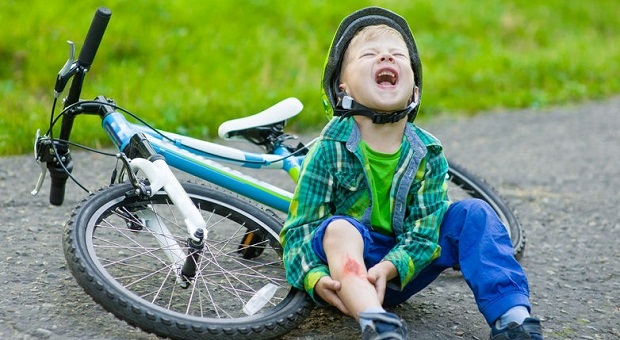

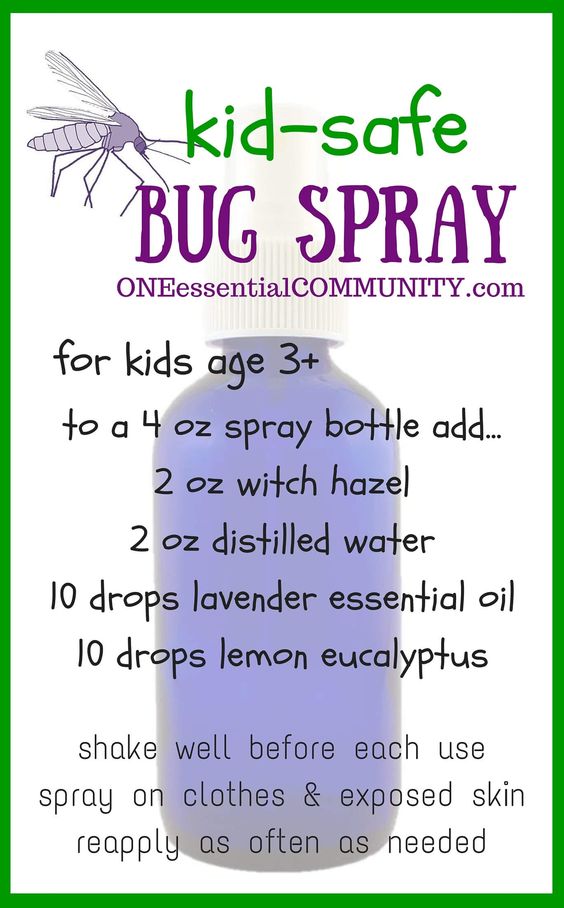


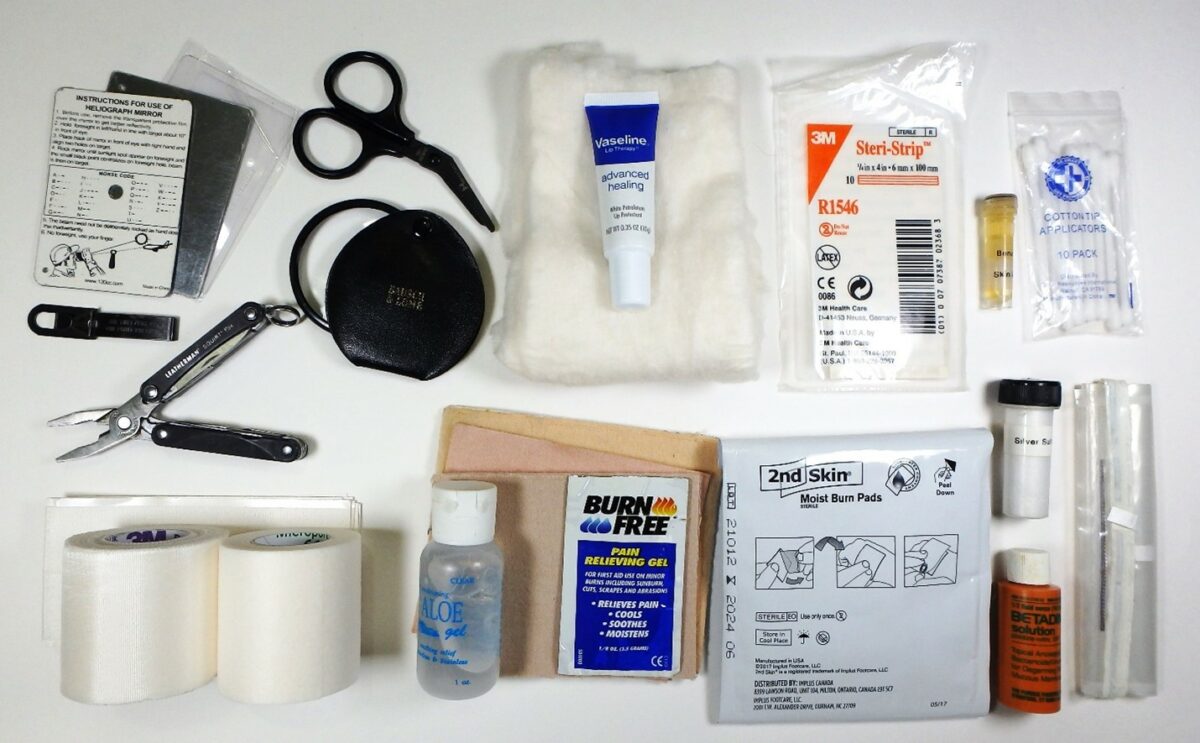
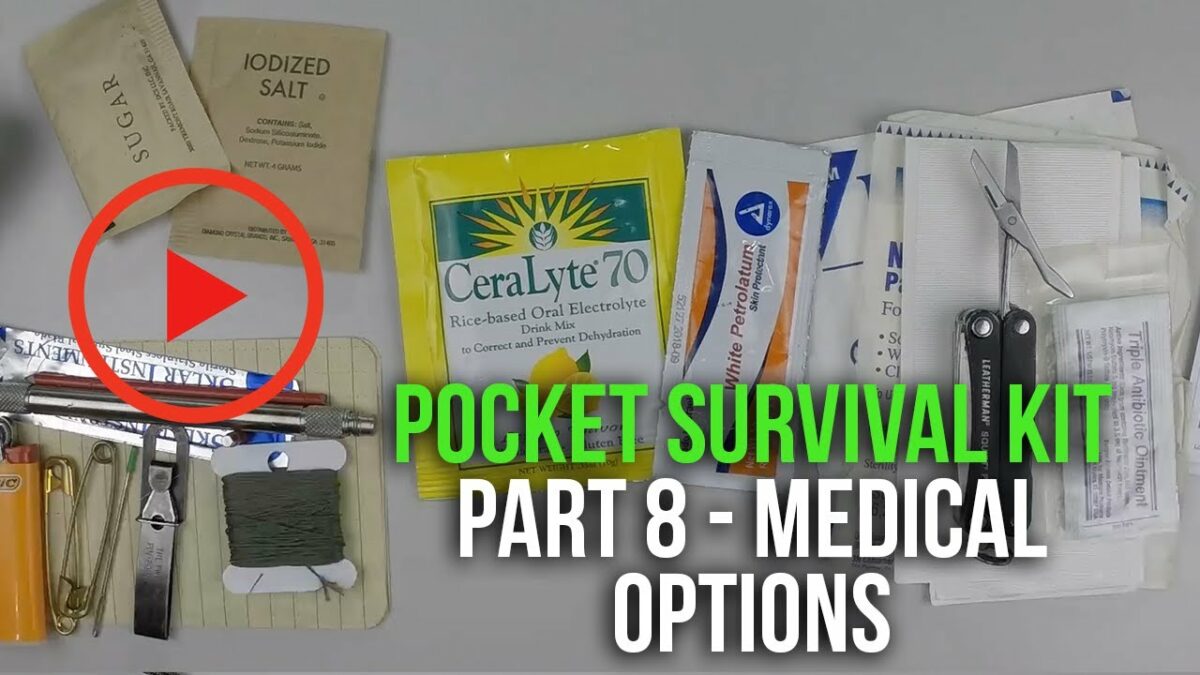
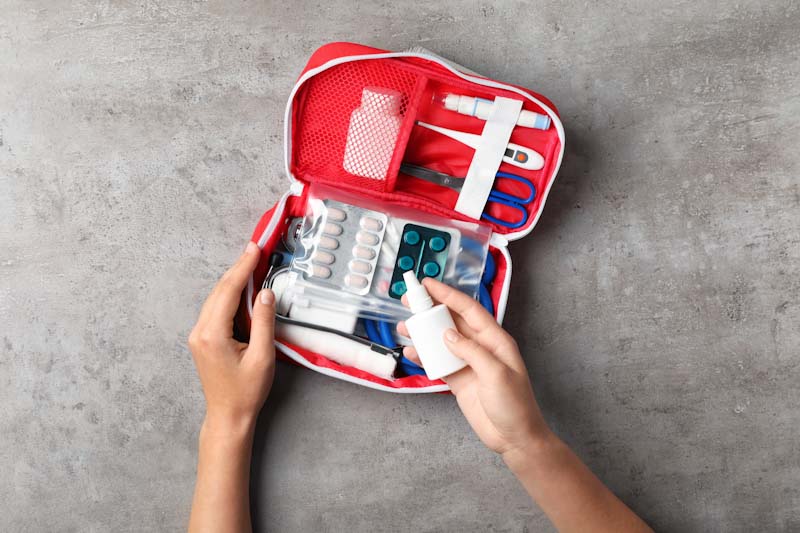


grintch | June 3, 2016
|
“essential” oils are often misinterpreted by people as being “essential” to health, etc.
“An oil is “essential” in the sense that it contains the “essence of” the plant’s fragrance—the characteristic fragrance of the plant from which it is derived.[1] The term essential used here does not mean indispensable ” (from Wikipedia)
Health food fanatics and the like often misrepresent this.
John Wheeler | June 3, 2016
|
You make a good point, Grintch, but you can take it further. It can take tons of plant material to make a single gallon of essential oil, so if you’re prepping, a small bottle that you pay a few bucks for can actually represent a tremendous value, especially if it is from a plant you can not grow in your climate.
The downside side of that is that plants that normally would be next to impossible to overdose on, such as peppermint, can have essential oils that are lethal in relatively small doses, especially for pets and small children.
stormy | June 4, 2016
|
Well I disagree with figuring dosage based on age! It clearly should be weight! There are some tiny tiny people that are older and humungous youngsters, sorry it looks kinda cool but I’ve got serious problems with this. What if the patient were a dog, 12 years old but my same weight? This has got to be wrong…anyone else disturbed by this ‘formula’?
grintch | June 4, 2016
|
I find the whole article disturbing, frankly.
stormy | June 5, 2016
|
Oh I agree! Glad to hear that someone else was bothered by this…EXTREMELY disturbing…
Jacob @ preppers With a plan | June 4, 2016
|
As someone who spends a lot of time thinking about family related preps this article gave me a lot to consider.